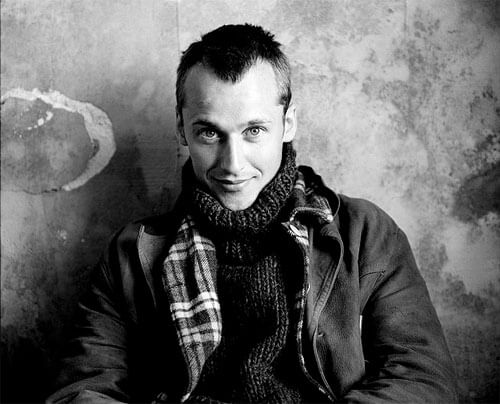Joakim Eskildsen was born in Copenhagen in 1971 where he trained with Royal Court photographer, Mrs. Rigmor Mydtskov. In 1994, he moved to Finland to learn the craft of photographic book making with Jyrki Parantainen and Pentti Sammallahti at the University of Art and Design in Helsinki, graduating with an MA degree in photography in 1998. He often collaborates on projects with writer Cia Rinne, and his publications include Nordic Signs (1995), Blue-tide (1997), iChickenMoon (1999), which was awarded Best Foreign Title of 2000 in the Photo-Eye Books & Prints Annual Awards, the portfolio al-Madina (2002), which was made in collaboration with Kristoffer Albrecht and Pentti Sammallahti, and the book The Roma Journeys (Steidl 2007), which a.o. has been awarded with the Amilcare Ponchielli Award in 2008, Deutscher Fotobuchpreis (Gold) 2009, the Otto Pankok Promotion Prize, and the David Octavius Hill-medal awarded by Deutsche Fotografsche Akademie in 2009. Joakim lives and works in Berlin.
Source: www.joakimeskildsen.com
Joakim Eskildsen (born 1971 in Copenhagen) is a Danish art photographer. Eskildsen was a pupil of Rigmor Mydtskov in Copenhagen and went to Finland in 1994 to study photographic book making with Pentti Sammallahti at the University of Art and Design Helsinki. He lives near Copenhagen and has shown some of his works in Europe (including Germany, Denmark, Finland, Sweden, France, England, Italy), China, and South Africa. From 2000-2006, together with the writer Cia Rinne, Eskildsen sought out Roma in various (mainly Eastern European) countries and other ethnic groups in India who are possibly related to the Roma. The fruits of this work have found their way into the book The Roma Journeys, which delivers insight into the life of the Roma by its text and more than 200 photographs.
Source: Wikipedia
